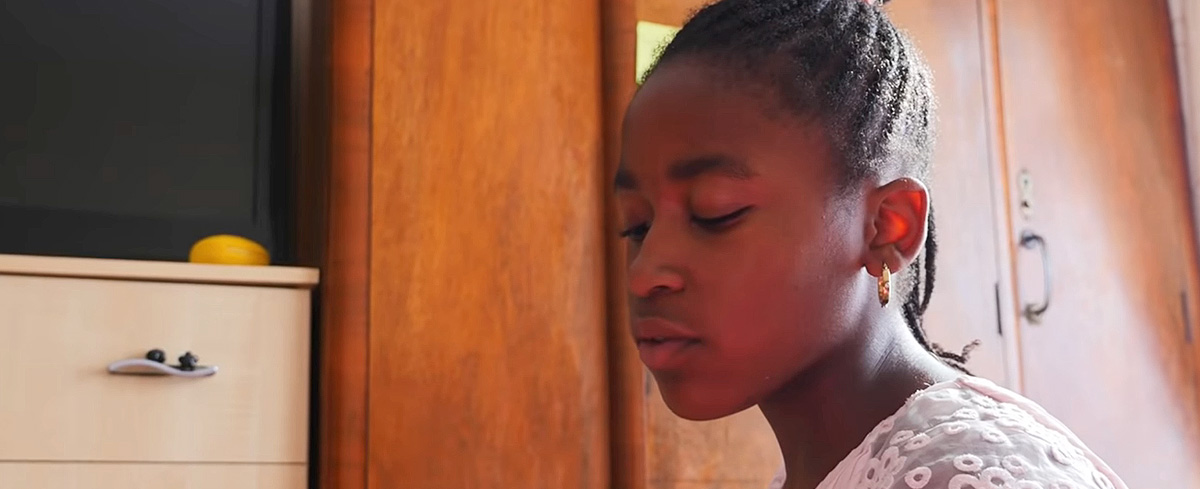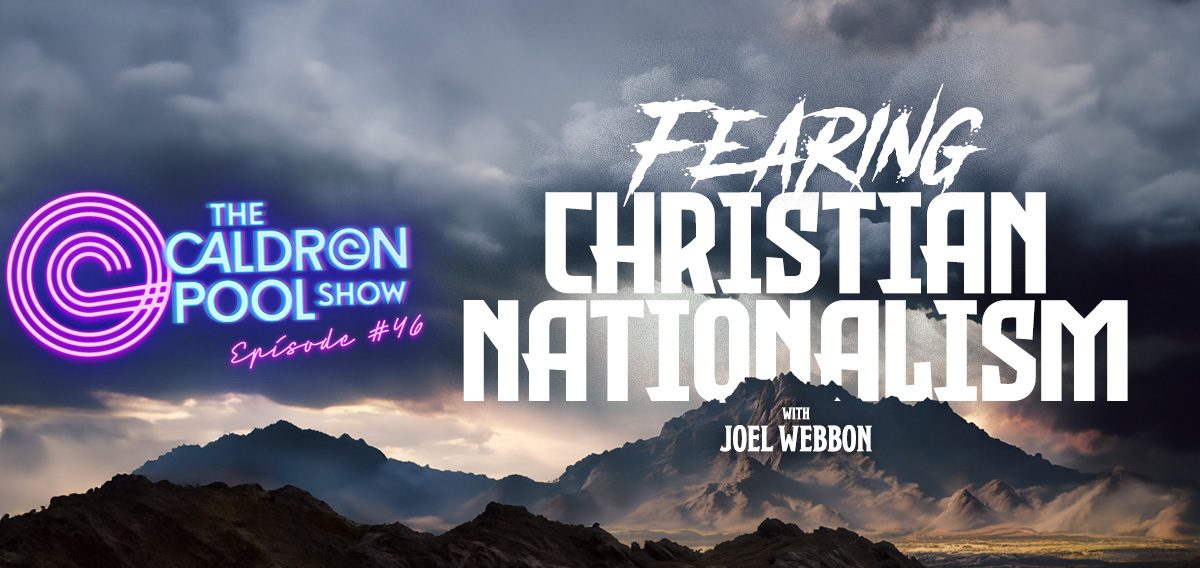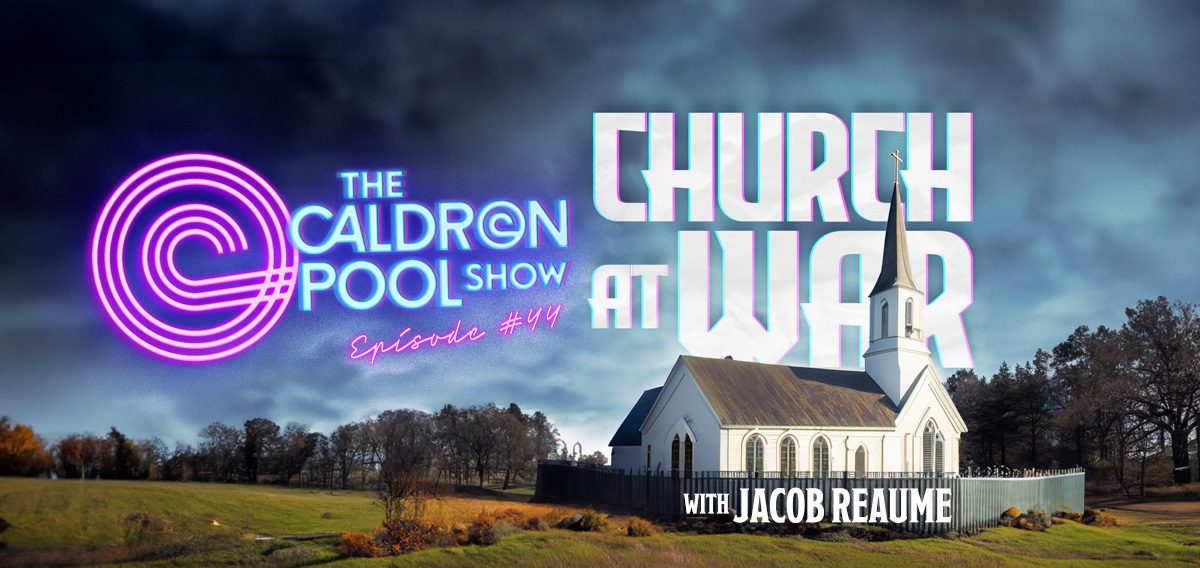It was the Roman statesman and orator Cicero who said some 2000 years ago: “Marriage is the first bond of society.” More recent voices have said similar things. Arnold Toynbee for example said this: “Nations rise and fall with the health of its families.” And anthropologist Margaret Mead put it this way: “As families go, so goes the nation.”
All this is just the stuff of common sense. Indeed, up until recently, most folks understood the truth of the words found in my title. They knew that what produces the best outcomes for children, for families, and for society are strong, marriage-based families.
And the research on this is extensive and overwhelming. No wonder the other side is so intent on destroying marriage and family. Destroy these vital social institutions and you can easily destroy a culture. That has now been going on for at least a century. And the results have been devastating.
A recent headline discussing the situation in America shows just how far downhill we have headed in this regard: “Just 18% of US households are ‘nuclear families’ with a married couple and children, down from 40% since the 1970s and the lowest since 1959”. The article offers these very worrying facts and figures:
The number of homes in America with the traditional ‘nuclear family’ of a married couple with children is now the lowest it has been since 1959, according to Census data. The Census Bureau’s count showed that 17.8 percent of the United States’ 130 million households featured married parents with children under the age of 18.
That’s only down from 18.6 percent from last year but down much more significantly from over 40 percent in 1970. There are currently just 23.1 million American homes with those ‘nuclear families,’ which is the fewest since 1959. The reasons given for the drop include the pandemic delaying marriage and a continued decline in birth rate.
The average age of a woman at her first marriage is now 28.6 years. In the 1950s and 60s, women typically married at 20.4 years old. The average age for men to marry for the first time in 2021 was 30.4 years old. America’s fertility rate dropped to 55.4 births per 1,000 in the second quarter of 2021, down from 58.5 in the same period of 2019.
Americans are also living alone at a higher rate than they used to. The percentage of adults in the US living with a spouse was 50 percent, down from 52 percent 10 years ago. Over 37 million adults lived alone in early 2021, up from 33 million in 2011. As far back as 1960, 87 percent of adults lived with a spouse….
The statistics come from the 2021 Current Population Survey’s Annual Social and Economic Supplement (ASEC), which collects labor force data as well as data on a variety of characteristics of households, living arrangements, married and unmarried couples and children.
This is not at all welcome news. It is in fact very bad news for everyone. Children especially suffer when not raised in married two-parent households, as I and others have documented so often. Consider just two (of many) articles on this here and here.
As mentioned, the social science research on this is massive. Back in 2004 Warwick Marsh, I and a number of others put together a booklet titled 21 Reasons Why Marriage Matters. Very well documented with 146 footnotes, it nicely laid out the case for the vital importance of heterosexual marriage. In the conclusion to that important document we said this:
Marriage is more than a private emotional relationship. It is also a social good. Not every person can or should marry, and not every child raised outside of marriage is damaged as a result. But communities where good-enough marriages are common have better outcomes for children, women, and men than do communities suffering from high rates of divorce, unmarried childbearing, and high-conflict or violent marriages. As policy makers concerned with social inequality and child wellbeing think about how to strengthen marriage, more funding is needed for research into both the causes of the marriage gap in child and social wellbeing and ways to close that gap. Solid research is pointing the way toward new family and community interventions to help strengthen marriage. Ongoing, basic scientific research on marriage and marital dynamics contributes to the development of strategies and programs for helping to strengthen marriages and reduce unnecessary divorce.
Who benefits from marriage and why? How can we prevent both divorce and the damage caused by divorce? How can families, counselors, communities, and public policy help at-risk and dis advantaged parents build healthy marriages? If marriage is not merely a private preference, but also a social good, then concerned members of our society, as well as academics, need and deserve answers to questions such as these.
Everyone benefits from healthy marriages and family, and everyone suffers when they don’t exist. So many others have written on these matters over the years. Let me mention just one more key thinker here. Not long before he passed away, Charles Colson penned a short piece called “Who Needs Marriage?” In it he said this:
In economic terms, divorce and unmarried childbearing cost American taxpayers at least $112 billion per year and significantly increase poverty rates of both mothers and children. Married mothers have lower rates of depression than single or cohabiting mothers. The social cost is huge—like building prisons. The vast majority of the men and women I’ve met behind bars come from broken homes or have grown up without a father in their lives. In 2009, California proved that we can’t build jails fast enough to accommodate these men and women when a panel of three judges ordered the state to release 27 percent of its prisoners due to overcrowding. As if all that weren’t bad enough, the decline of marriage does not bode well for the future.
Declining marriage rates lead to declining fertility rates. And many Western nations, not to mention Japan and China, will be dealing with an economically unsustainable situation by mid century. They will have half the number of able-bodied workers and twice as many people over 65 not earning money. Who is going to pay for government debt, pensions and healthcare? Given these disastrous consequences, how can anyone maintain with a straight face that marriage isn’t that important?
What is happening in America and elsewhere throughout the Western world is simply disastrous. And it seems to be getting worse each passing year. No culture can long last when it wars against its most important and vital social institutions.
If you want to be a true counterculturalist today, you need to stand against these dangerous trends. You need to champion marriage and family. And the first and best place to do this is to model this in your own marriage and family.
In that regard, let me finish with one final quote. It was penned by Dietrich Bonhoeffer while sitting in a Nazi prison cell. He had written a wedding sermon for a niece who was about to be married. In it he said:
Marriage is more than your love for each other. It has a higher dignity and power, for it is God’s holy ordinance, through which he wills to perpetuate the human race till the end of time. In your love you see only your two selves in the world, but in marriage you are a link in the chain of generations, which God causes to come and to pass away to his glory, and calls into his kingdom. In your love you see only the heaven of your happiness, but in marriage you are placed at a post of responsibility towards the world and mankind. Your love is your own private possession, but marriage is more than something personal – it is a status, an office.… It is not your love that sustains the marriage, but from now on, the marriage that sustains your love.


















